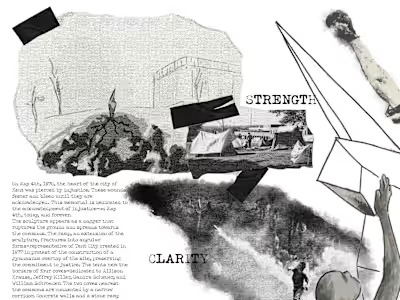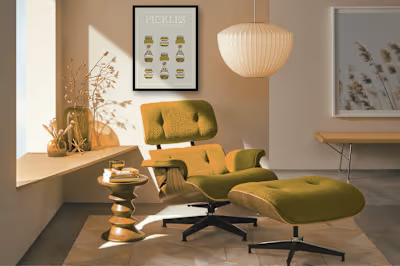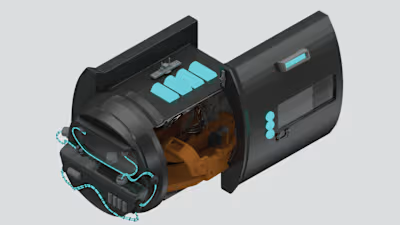Graphic Design & Writing
Translation: Film to Architecture to Physical to Narrative
Design Process
Watch and interpret the 2000 film In the Mood for Love by Wong Kar-wai.
Research Kar-wai's design process and modes of visual communication.
Note camera placement to create a layout of the apartment (setting).
Use time stamps and pivotal scenes to create a comic that depicts the key views used to create the apartment plan.
Build a physical model that accurately reflects the apartment layout and overall aesthetic.
Write a narrative.
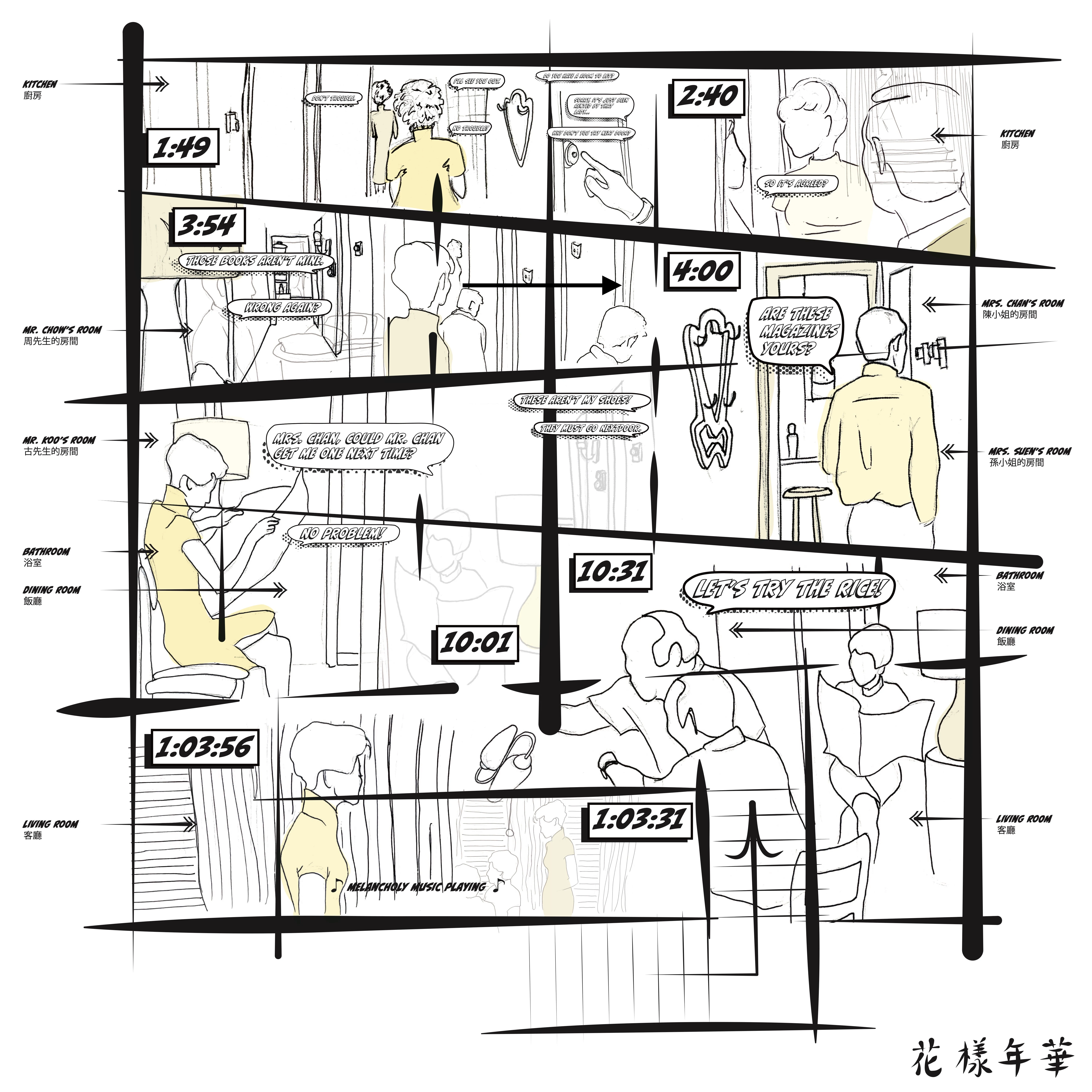
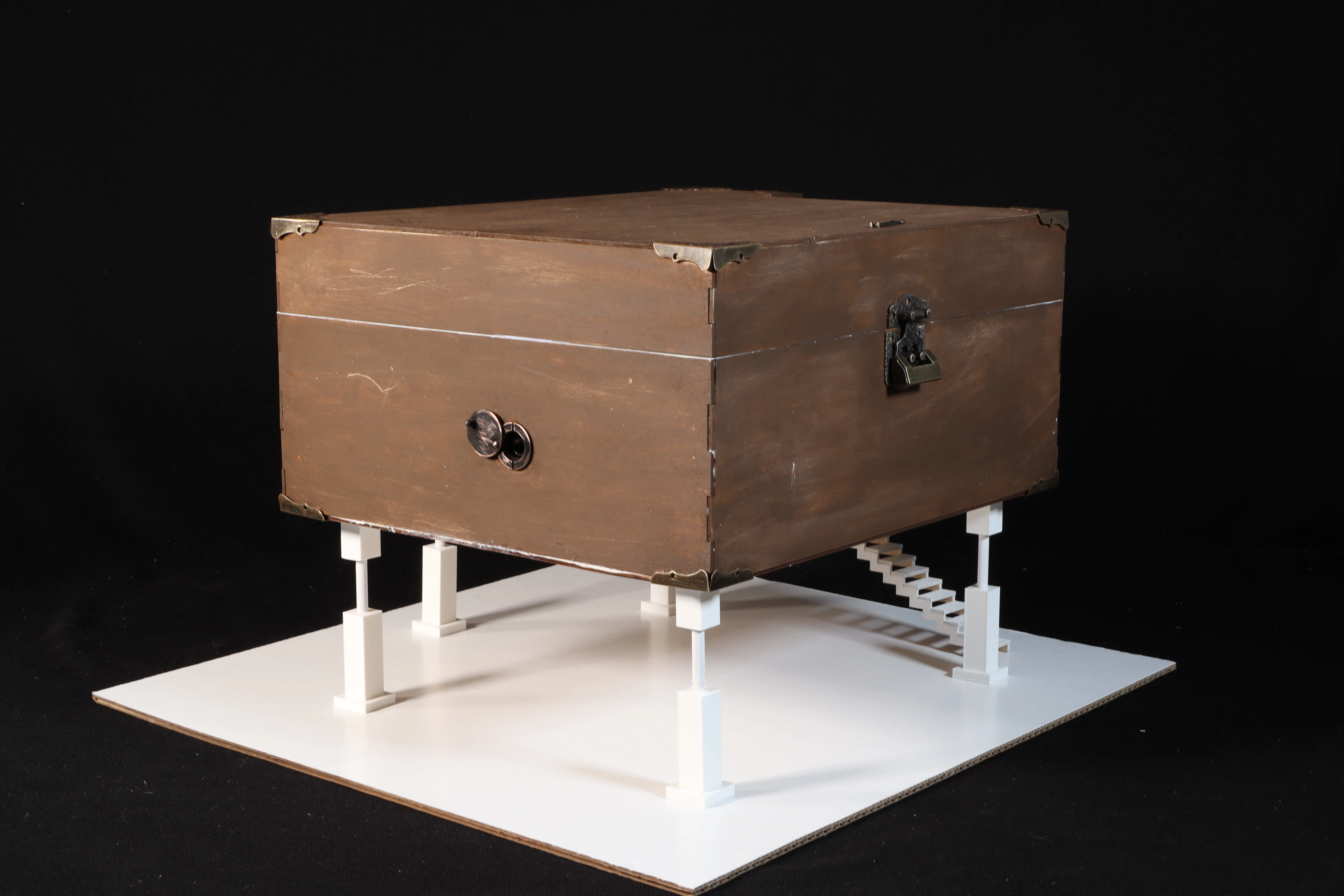
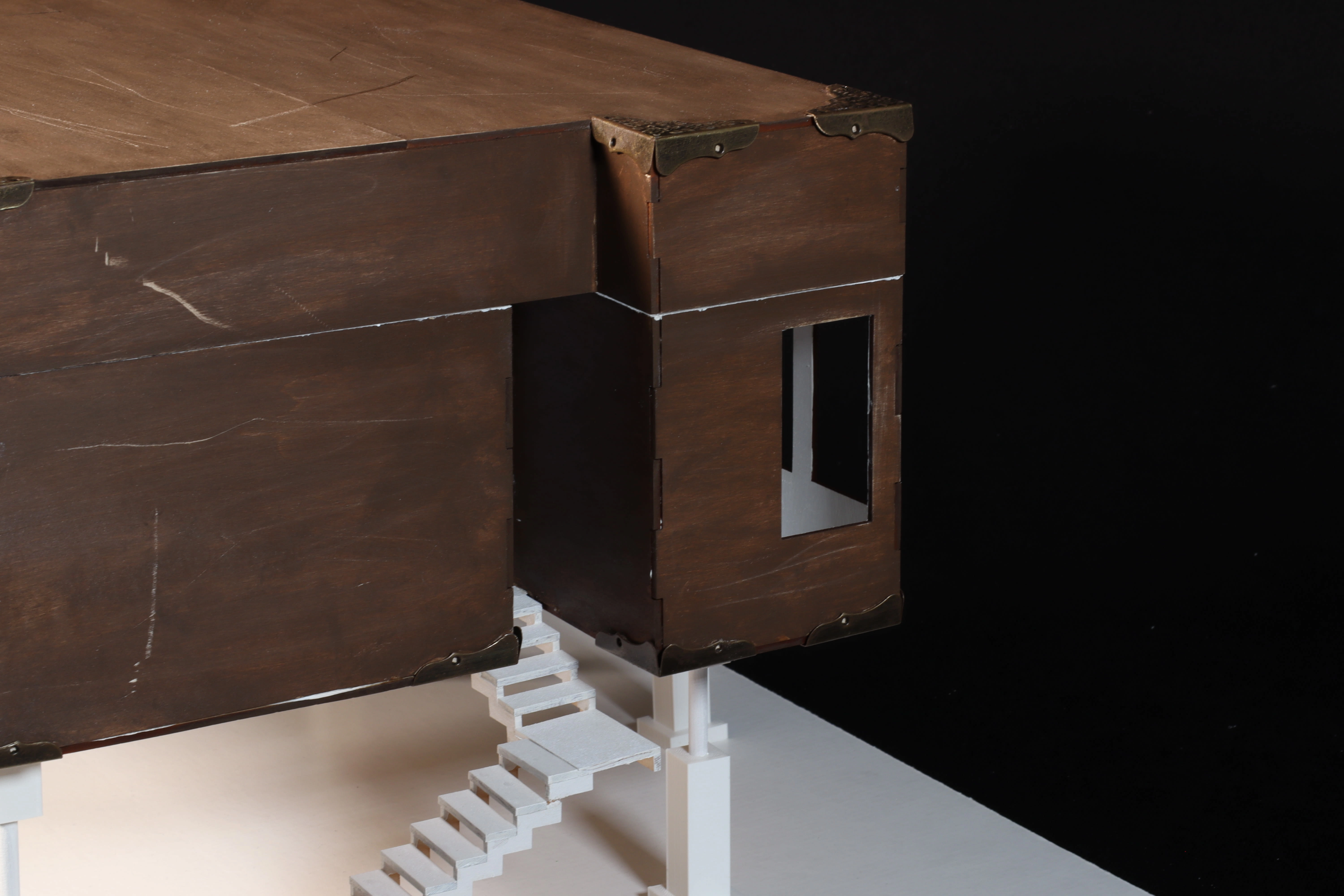
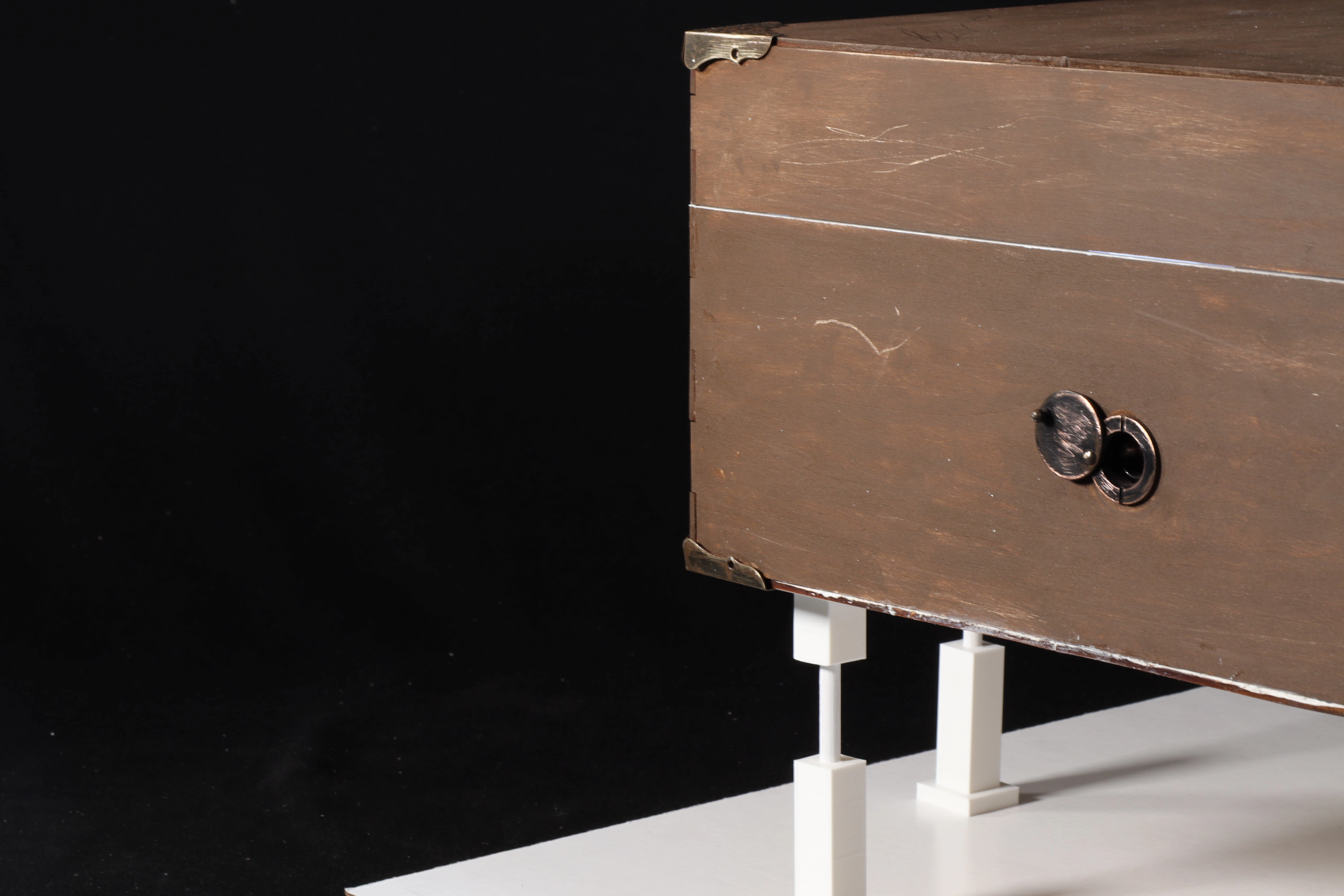
Narrative
In the Mood for Love
What is Who is Coincidence?
In the film In the Mood for Love, events are presented, often named
Coincidence
then revealed to be the result of one’s unspoken desires.
(A hazy river of coincidences float around Mr. Chow and Mrs. Chan)
One could simply wave a bottle and encase the antidote to their longings. Another revelation would occupy the container-the true identity of
Coincidence: Desire.
The ugliness of desire, revealed by their spouses, obstructs their view of the beauty to be found within it.
(And so the river flows, untouched, until it runs dry)
Wong Kar-wai captures the invisible river by filming from the perspective of Coincidence.
Coincidence: the actor
is fluid in its roles as well. It provides the perspective of an object—-a doorbell mounted on the wall, shoes underneath the bed, pocket change on the nightstand.
(It stands in the hallway with them, as if in conversation)
(It gazes at them from across the street, leaning against the wall to shield from the rain)
(Coincidence intently watches their faces when it thinks it is time to reveal its own)
Coincidence: the maestro
strikes up a symphony when they are apart-a melodic waltz, urging them forward, towards each other.
When hope is fading, it watches distantly through the blinds, or gazes lazily through a mirror at their expressions.
When hope is fading, it conducts the orchestra to slow the melodic waltz, and asks the violin to draw out its notes in long, mournful cries.
When hope is fading, Coincidence cries and cries, and the rain seems to be never-ending.
When hope is gone, the rain stops, and
Coincidence has left.
(The break in the weather sheds light on the shadowed face of desire)
but it is too late
Desire
had been called
Coincidence
too many times.
Note: It makes so much more sense if you watch the movie. Hopefully.
Like this project
Posted Sep 8, 2023
A semester-long mission to develop a model & narrative that portrayed the story of a given literature.
Likes
0
Views
23




